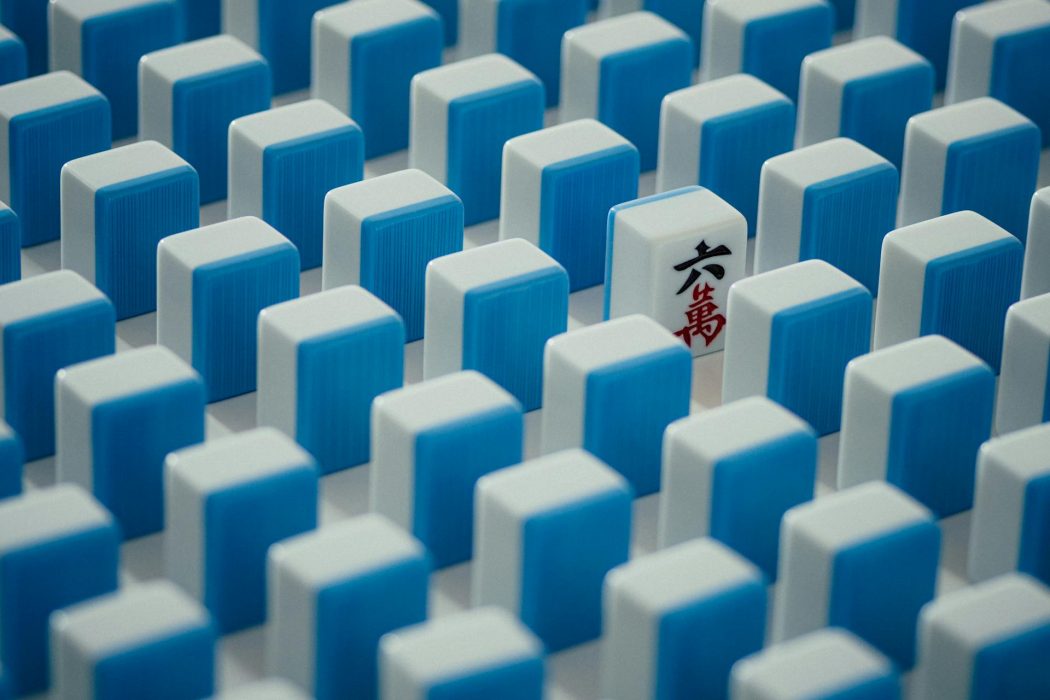There’s no escaping it — online gaming is big business, whether it’s on consoles, PC, or, more than ever, mobile phones. Mobile gaming has become a legitimate platform in its own right, with countless console titles migrating to the platform, as well as thousands of mobile-first games coming out each week. Alongside newer titles, classic games have found their way onto our screens, and Mahjong is no exception. This tile-based game originated in China, is one of the most popular games on the planet, with an estimated 600 million players worldwide (its appeal stretches far beyond its Chinese roots).
As it moves further into the digital realm, Mahjong’s evolution online offers a fascinating look at how tradition meets technology and how a centuries-old pastime is being embraced by people across cultures.
Roots of Mahjong
Originating in China, it quickly spread during the 19th century, possibly evolving from the ancient game Madiao. As it gained popularity across East and Southeast Asia, regional variations emerged, and it was often played as a male-oriented gambling pastime. The game’s association with wagering led to occasional bans, and during Mao’s Cultural Revolution, it was condemned as part of the “old way of life,” with tiles and tables destroyed. After Mao’s death, however, Mahjong was legalised once more, and it has since become a pastime enjoyed across social classes and continents, from Asia to the West.
Popularity Outside China
Since its introduction to the USA and Europe in the 1920s, the game has soared in popularity, with various Mahjong leagues and tournaments taking place across the globe. A large part of its popularity comes from the social aspect involved — while in China it is still considered a game for the elderly, in the West it is finding traction with younger audiences, drawn to its multiplayer format, typically played by four players who can interact and chat throughout the game. While four players are traditional, there are variations for two, three, or even five players.
Mahjong goes online
Like many classic games, Mahjong has found a vibrant new audience online. Enthusiasts can now enjoy countless versions of the game without spending a cent. Its many regional variations make it ideally suited to digital play. With online gaming platforms like CrazyGames, players can explore multiple free versions, each offering distinct styles and tile designs. The game’s tile-based nature translates seamlessly to mobile, and many online versions include helpful guides and hints, making it easier than ever for newcomers to learn the rules and start playing.
Playing Against AI Opponents
Many websites that offer Mahjong as an option have integrated emerging technology into the playing experience, namely the use of artificial intelligence (AI) to ensure you have opponents to play 24/7. Machine learning enables AI opponents to assess your skill and experience level and alter theirs accordingly, leading to a more satisfying game. Many platforms offer bonuses and rewards based on your progress, leading many to use AI opponents rather than waiting for real-time play with other humans. It’s also a great way to practice your skills and develop your gameplay for the next time you visit your local Mahjong club (a quick Google search should find you some results in your local area, given the popularity of the game).
Most Popular Variants of Mahjong
The most popular variant is the official Chinese version, which uses 144 tiles. Often featured in tournaments, it emphasizes building balanced hands, with points awarded based on the difficulty of each combination..
Hong Kong or Cantonese Mahjong is the next most popular, and is widely played because it is easy for beginners to pick up, ideal for those looking for a quick, fast-paced game. Its simplicity and speed have also made it a common choice in gambling circles.
British Mahjong is a lesser-known but still popular variation, often played more for its social aspect rather than its competitive nature. It mirrors the Chinese version’s format while introducing optional elements such as special hands and joker tiles.
Mahjong’s enduring appeal has carried it effortlessly into the digital era. Once the rules click, players discover a game that’s as engaging online as it is around a real table, one that can be enjoyed recreationally or in competitive formats.
